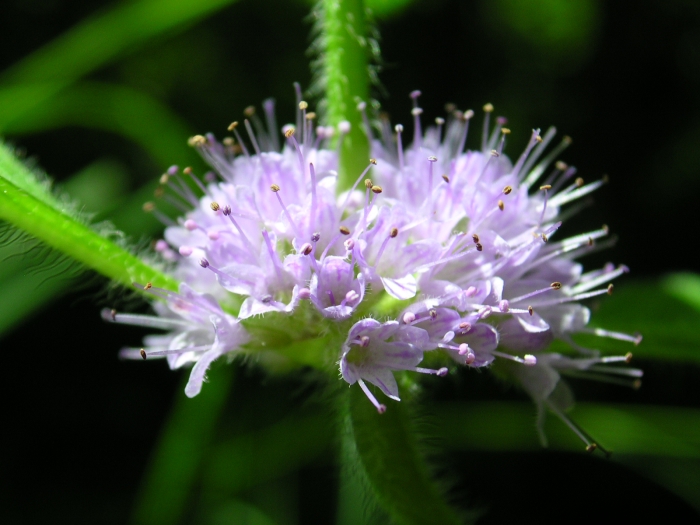Corn Mint
(Mentha arvensis)
Corn Mint (Mentha arvensis)
/
/

Superior National Forest
CC BY 2.0




















































Estimated Native Range
Summary
Corn Mint is valued for its aromatic leaves, which are used to make mint tea, a traditional remedy for colds and digestive issues. It is also used in culinary applications for its refreshing flavor. In cultivation, it prefers consistently moist soils and can thrive in both full sun and part shade. It is often used in herb gardens, as ground cover, or in naturalized areas. However, gardeners should be aware that it can spread aggressively by rhizomes, potentially becoming invasive. It is also susceptible to rust and leaf spot diseases.CC BY-SA 4.0
Plant Description
- Plant Type: Herb
- Height: 0.5-2 feet
- Width: 0.1-0.4 feet
- Growth Rate: Moderate
- Flower Color: Purple, White
- Flowering Season: Spring, Summer
- Leaf Retention: Deciduous
Growth Requirements
- Sun: Full Sun, Part Shade
- Water: Medium
- Drainage: Medium, Slow
Common Uses
Bee Garden, Bird Garden, Butterfly Garden, Deer Resistant, Edible*Disclaimer: Easyscape's listed plant edibility is for informational use. Always verify the safety and proper identification of any plant before consumption., Fragrant, Groundcover, Hummingbird Garden, Low Maintenance, Potted Plant, Rabbit Resistant, Water Garden
Natural Habitat
Wet meadows, stream banks, and moist fields throughout Eurasia
Other Names
Common Names: Wild Mint , Field Mint , Ager-Mynte , Ackerminze , Acker-Minze , Rantaminttu , Menthe Des Champs , Åkermynte , Akkermunt , Vanlig Åkermynta , Åkermynta
Scientific Names: Mentha arvensis , Mentha canadensis , Mentha villosa , Mentha sativa , Mentha nemorosa , Calamintha arvensis , Mentha gentilis , Mentha arvensis subsp. austriaca , Mentha arvensis subsp. parietariifolia , Mentha arvensis var. arvensis
GBIF Accepted Name: Mentha arvensis L.